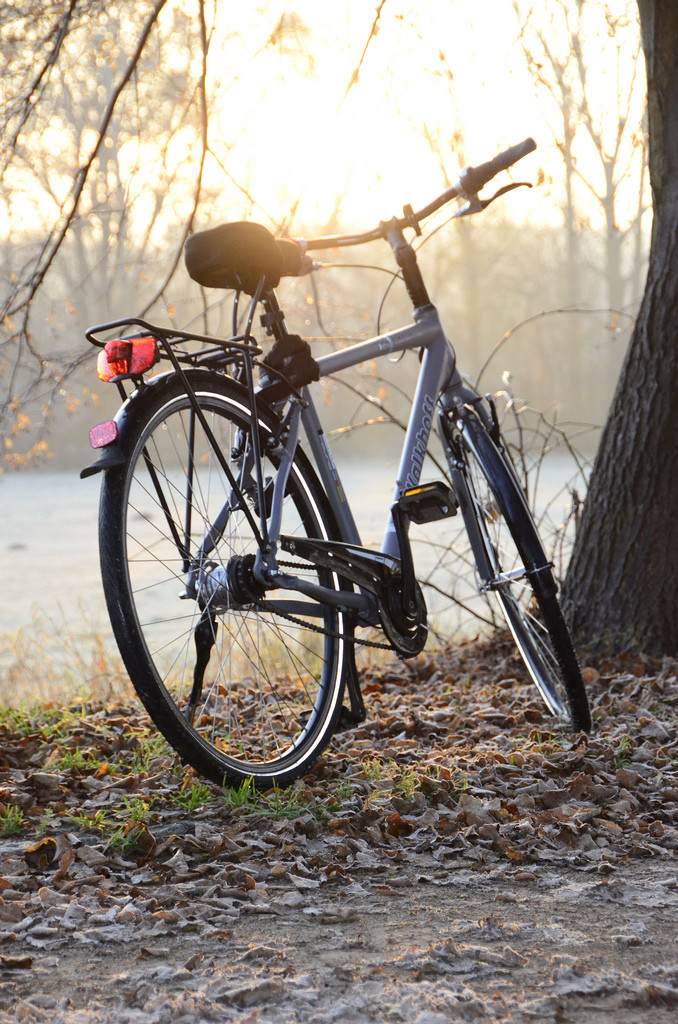Utah currently follows a Daylight Savings schedule, meaning that the time shifts back and forth by one hour each year. You may like the extra spring hour of sleep or prefer shorter autumn days. As it stands now, Utahns will gain an extra hour of daylight on Sunday, March 8th until Sunday, November 1st. But this Daylight Savings tradition may end soon.
The current question that the Utah State Congress faces: Should Utah keep Daylight Savings Time permanently, or do away with it all together?
With the current activity in Utah Congress, there are 3 options:
- Repeal Daylight Savings altogether
- Make the current Daylight Savings Time configuration a year-round schedule (rather than switching back and forth)
- Keep things the way they are (Daylight Savings between April and October)
History of Daylight Savings
 Beginning in World War I, the United States enacted Daylight Savings to conserve fuel. Something similar to Daylight Savings Time has been instituted several times throughout American history. But the choice continues to be up to the local government whether their state will follow or opt out.
Beginning in World War I, the United States enacted Daylight Savings to conserve fuel. Something similar to Daylight Savings Time has been instituted several times throughout American history. But the choice continues to be up to the local government whether their state will follow or opt out.
In 1966, Congress established a consistent schedule of when clocks would be changed for states following Daylight Savings. President Lyndon Johnson enacted Daylight Savings Time to begin on the last Sunday of April, and end on the last Sunday of October.
This standard changed slightly in 2005 under the Energy Policy Act. For those states following Daylight Saving Time, it begins at 2:00 am on the second Sunday of March, and ends at 2:00 a.m. the first Sunday of November.
Find more about Daylight Savings around the world here.
How does this affect cyclists?
Utah is known for great bike trails and scenery. With its current practice of Daylight Savings, Utah cyclists enjoy longer after work rides and more races that can finish before dark in the spring and summer months. However, abolishing Daylight Savings means less daytime rides in those seasons.
Salt Lake City resident Brian Anderson describes how the extra hour of daylight is crucial for both exercise and the hobbies he likes to do. In an interview with Deseret News, Anderson said “I like to hike, I like to bike, I like to swim, I like to run. I need that daylight hour for my health, and to be active with my family.” Health and hobby motivated activities aren’t the only concerns for Daylight Savings.
Some major health worries are also associated with Daylight Savings. Statistically, the darker summer hours could increase biking accidents. Crashes are consistently higher from 3 pm to 7 pm, with a sharp peak roughly around 4:30 pm and 5 pm. With the sun setting earlier than it currently does in the summer months, this could potentially increase accidents due to less daylight hours.
Utah Bicycle Lawyers
Now that you know a little more about this recent state-wide debate, you can comment on what you think would be best for you and your family. Be sure to contact your Utah state representative here, or your Utah state senator here. At Christensen and Hymas Utah Bicycle Lawyers, we are committed to helping you ride and cycle safely. When riding a bicycle, it’s important to follow all safety guidelines and traffic rules, whether Utah has Daylight Savings time schedule or not.
If you, or a loved one does get injured in a bicycle related incident, we work to do everything in our power to help you get healthy and happy. If you would like more information or have additional questions about our practice, please visit us here.
